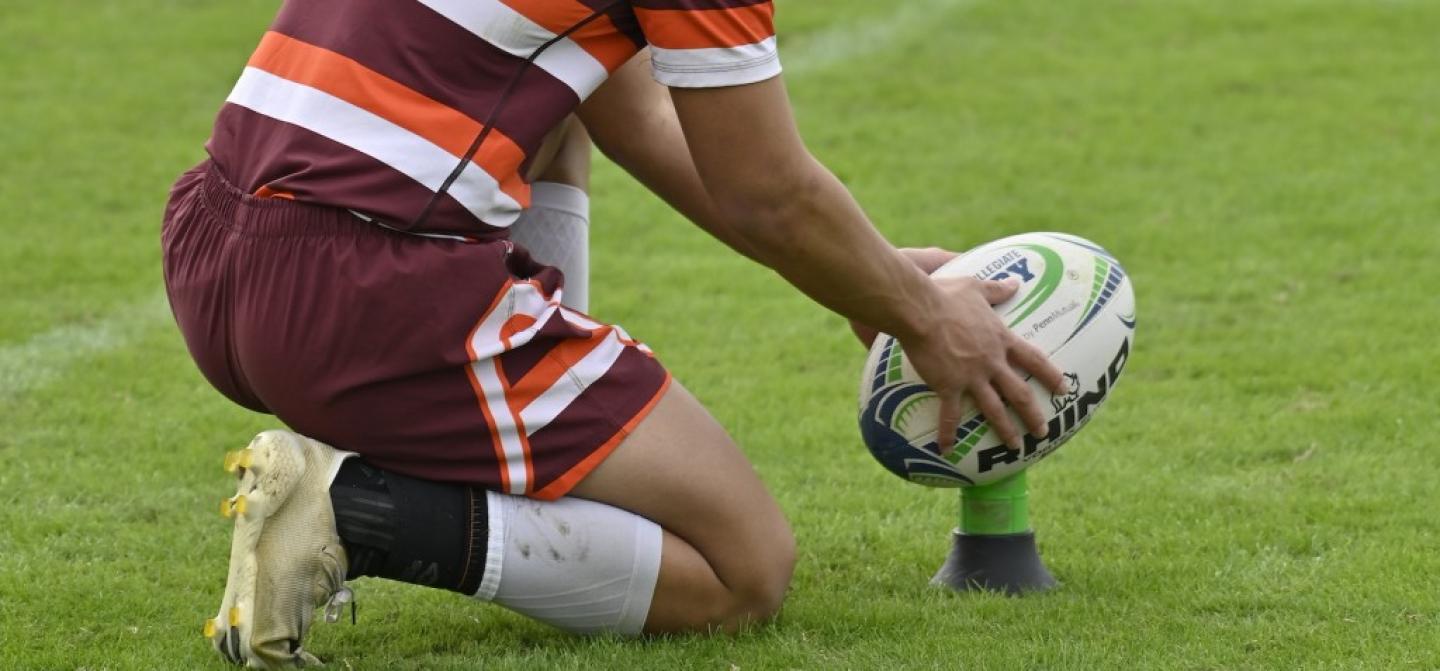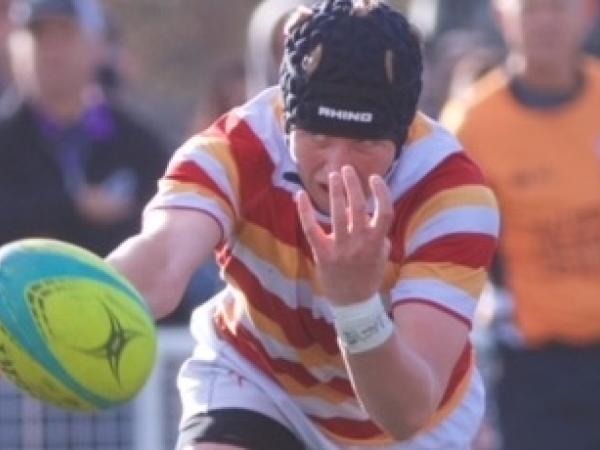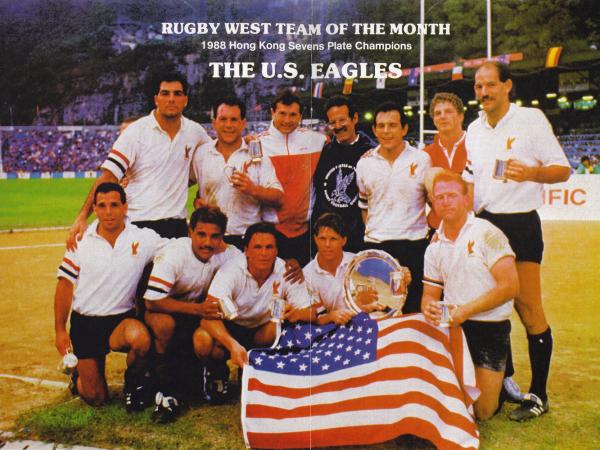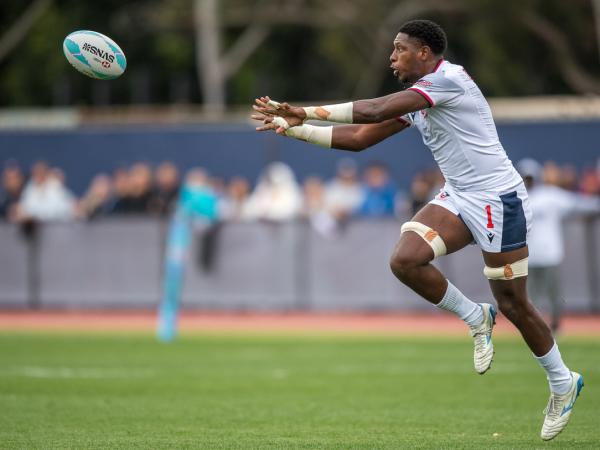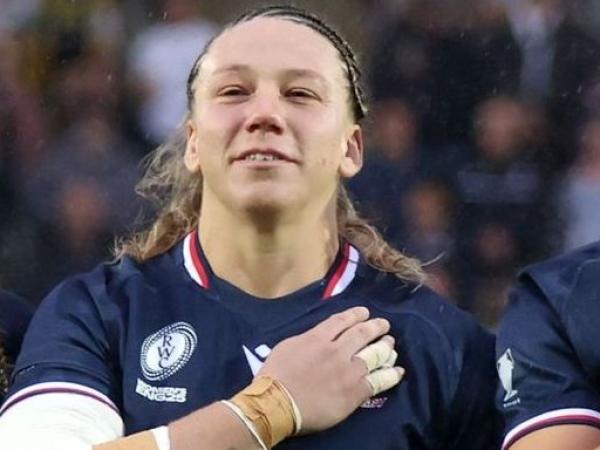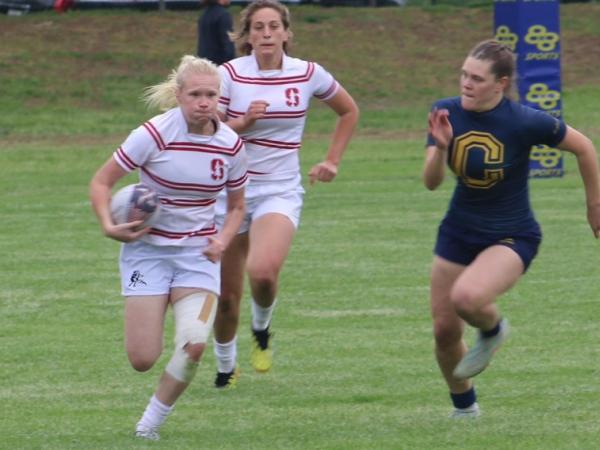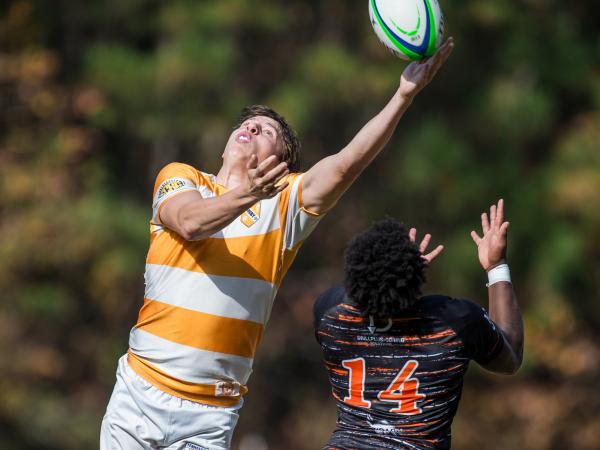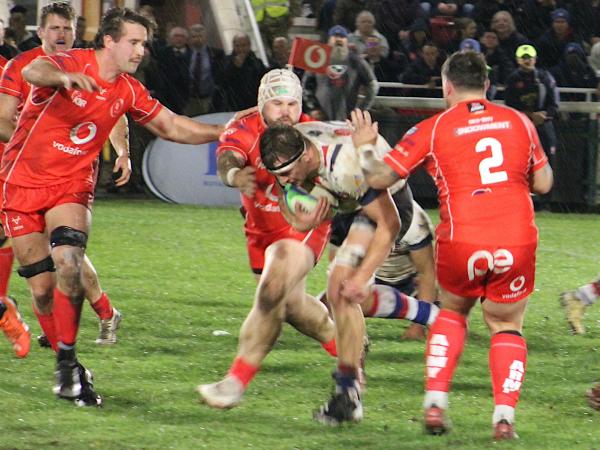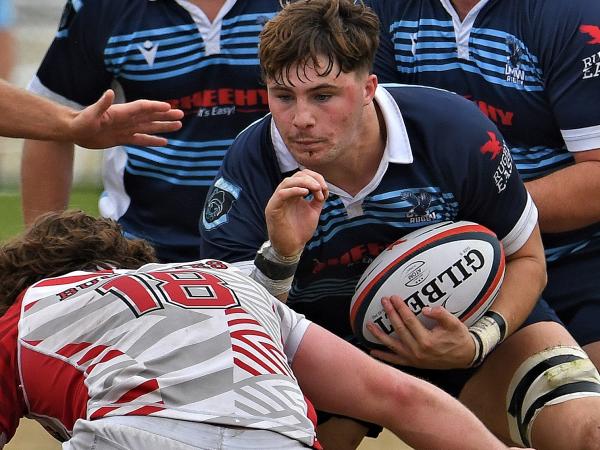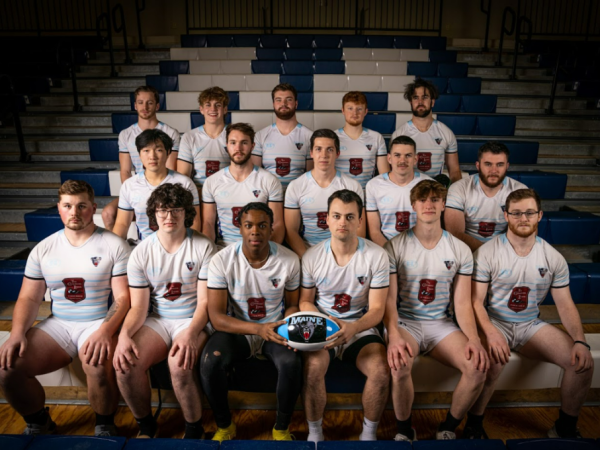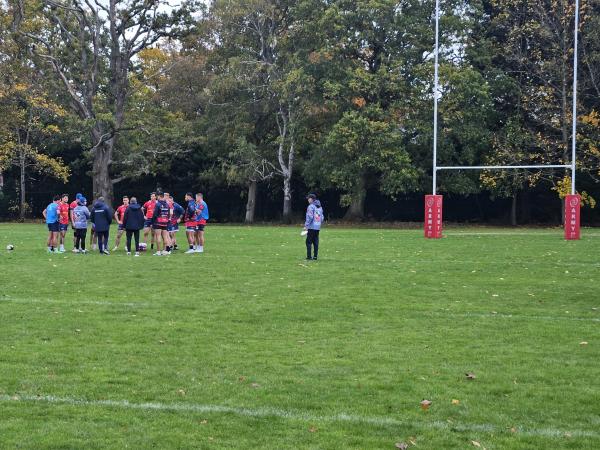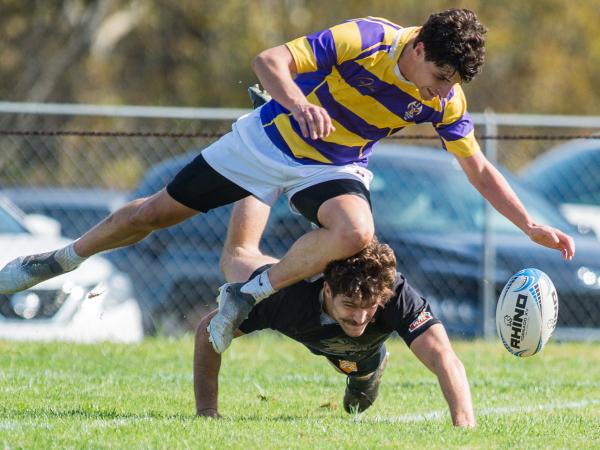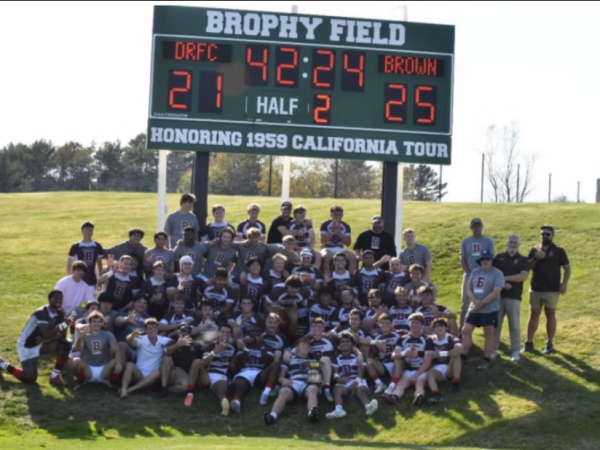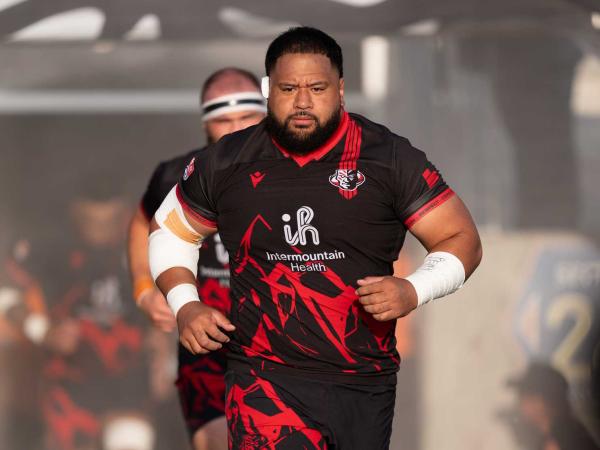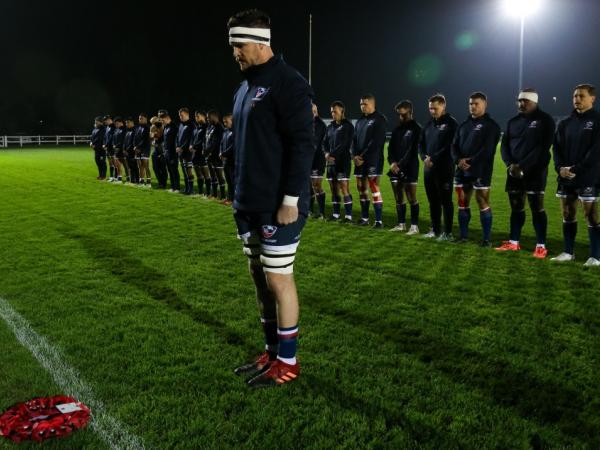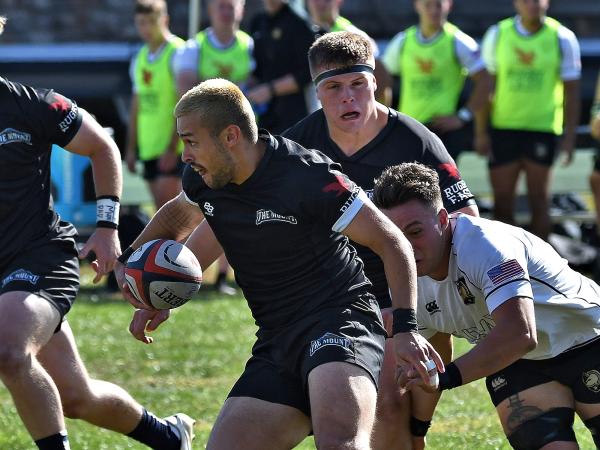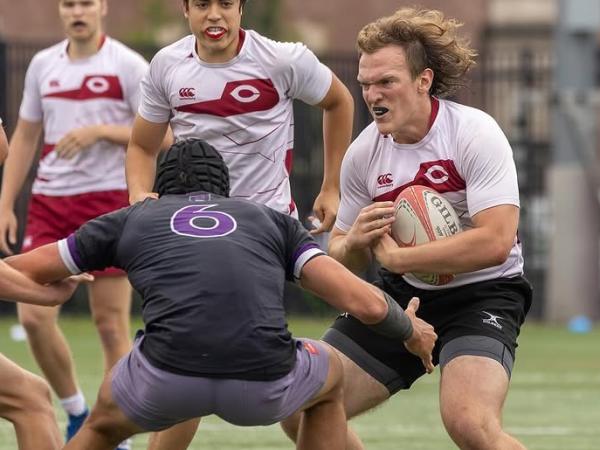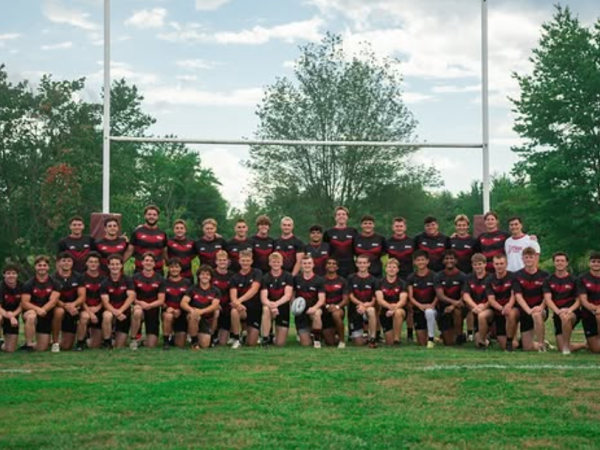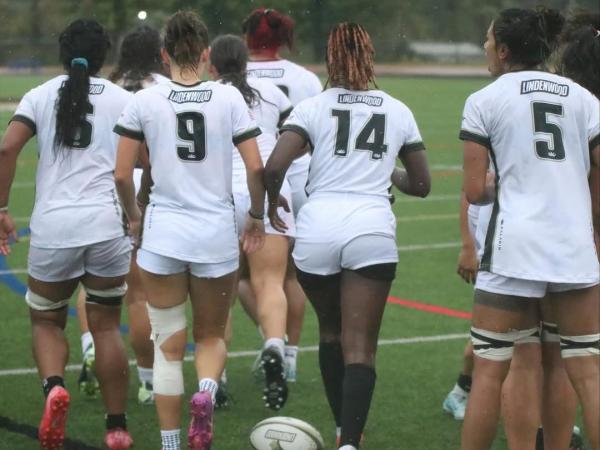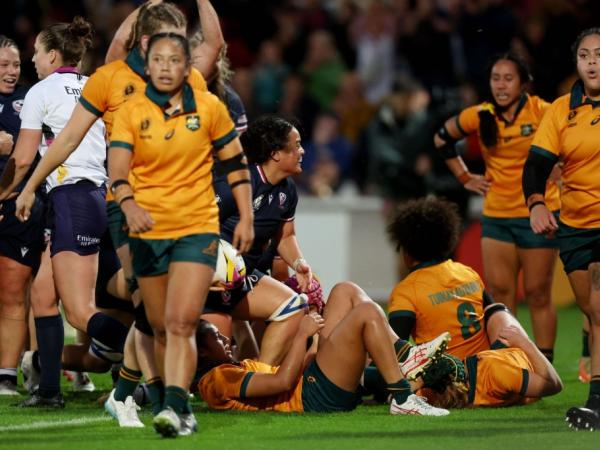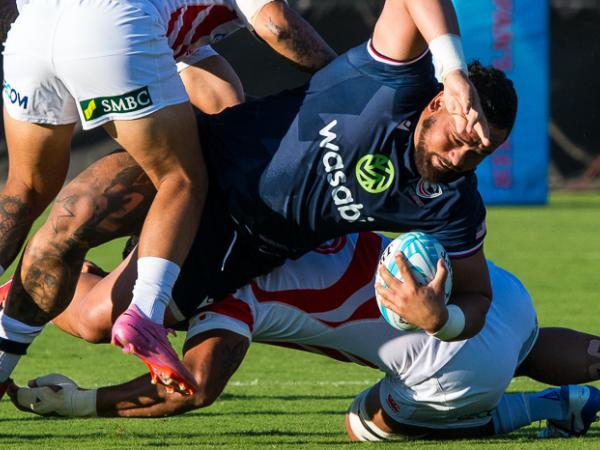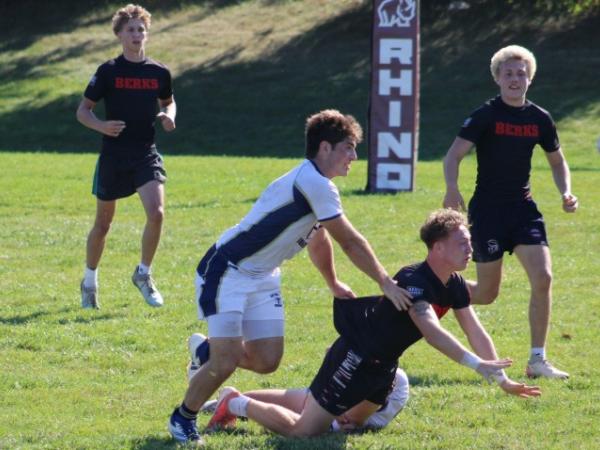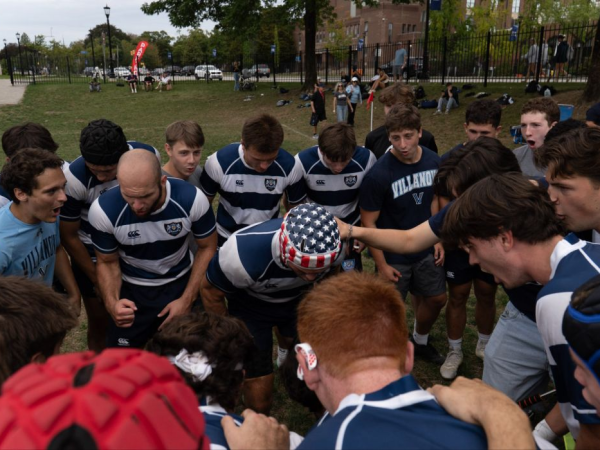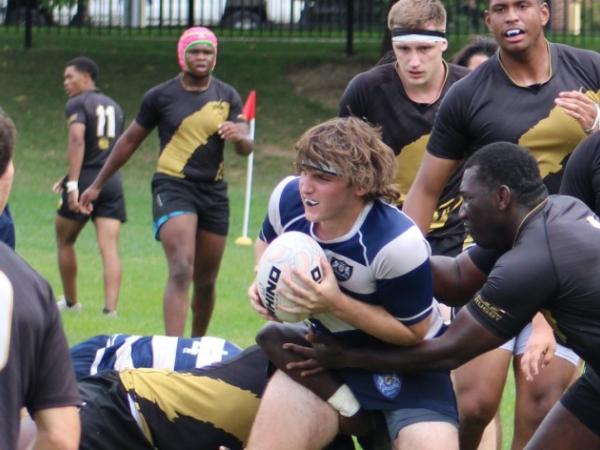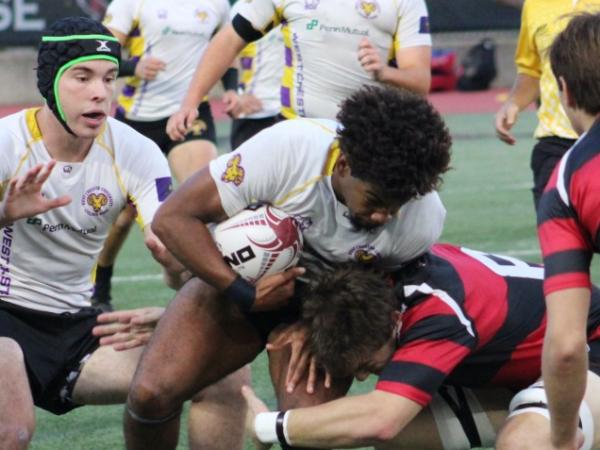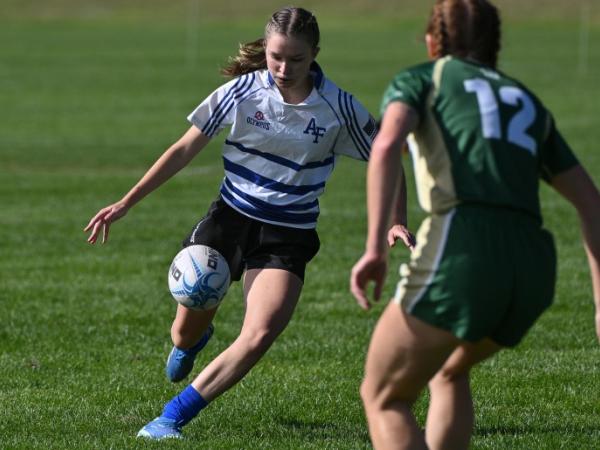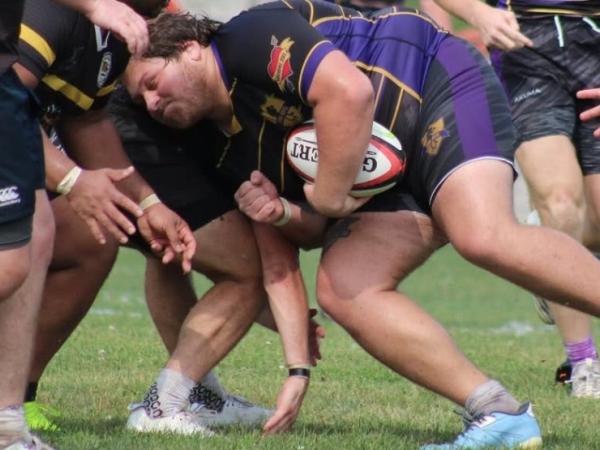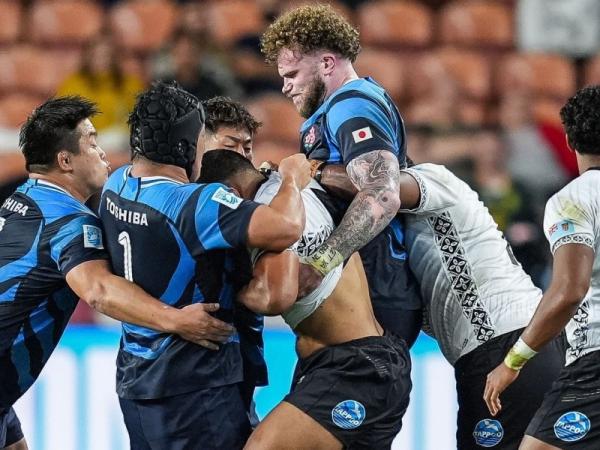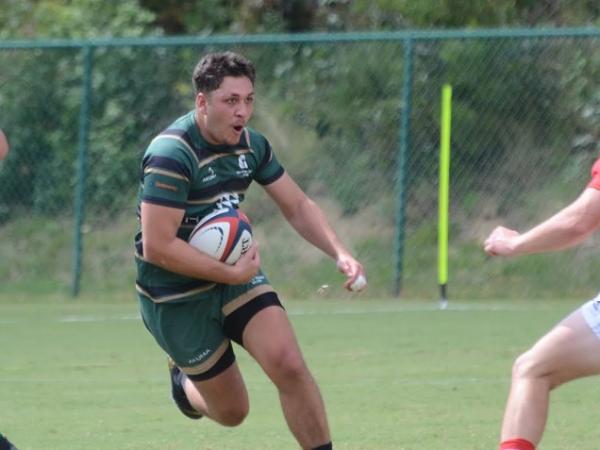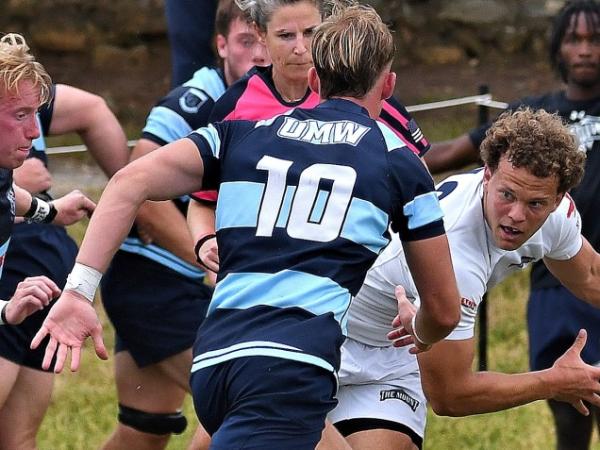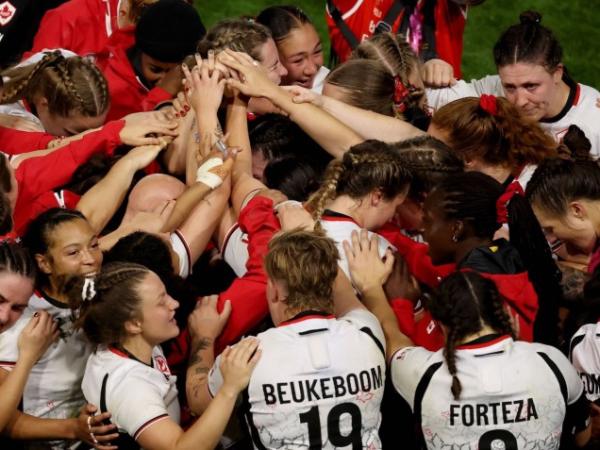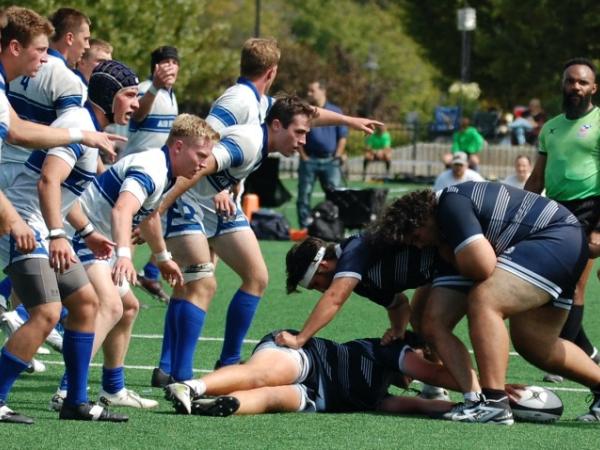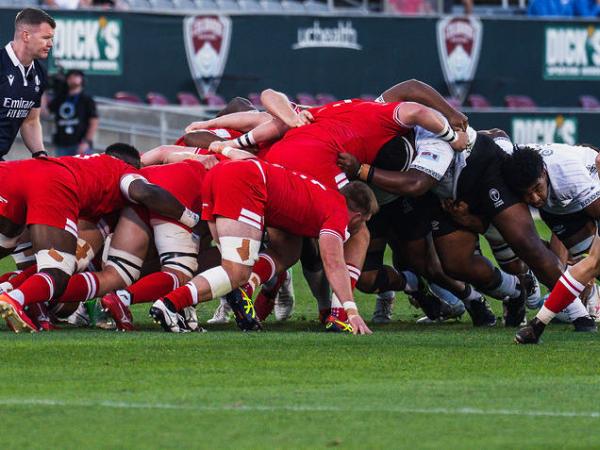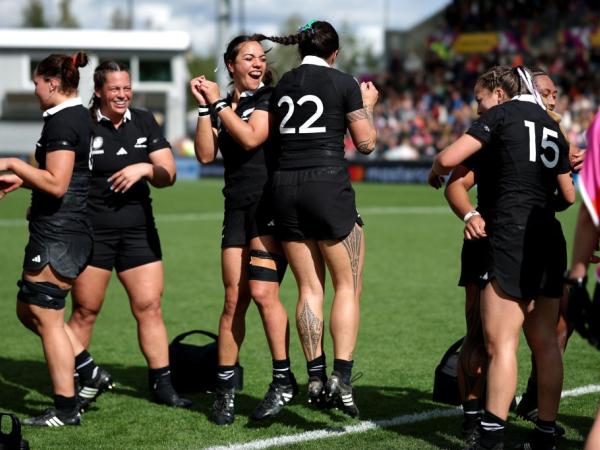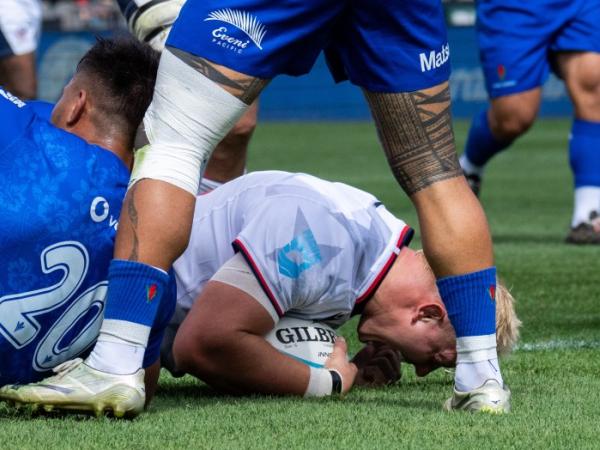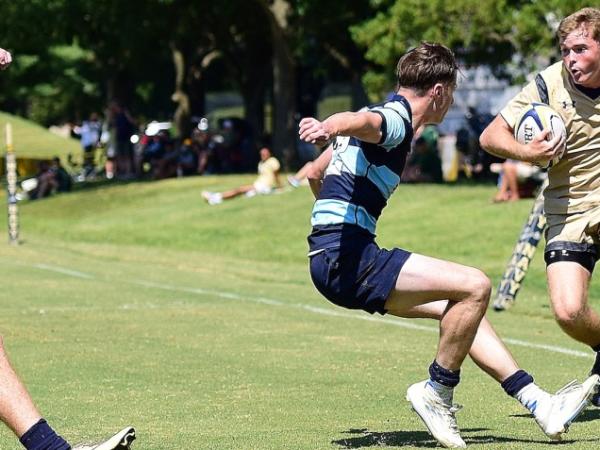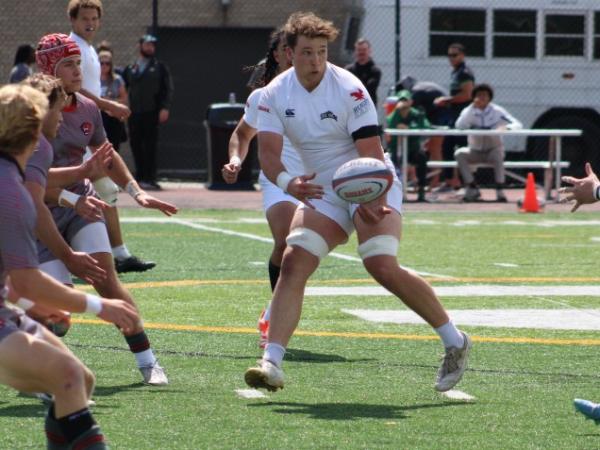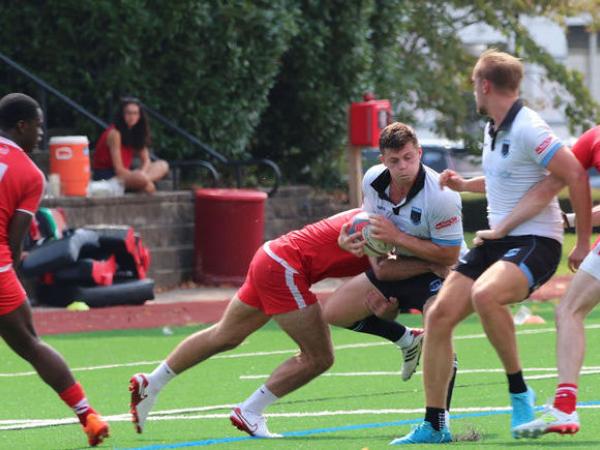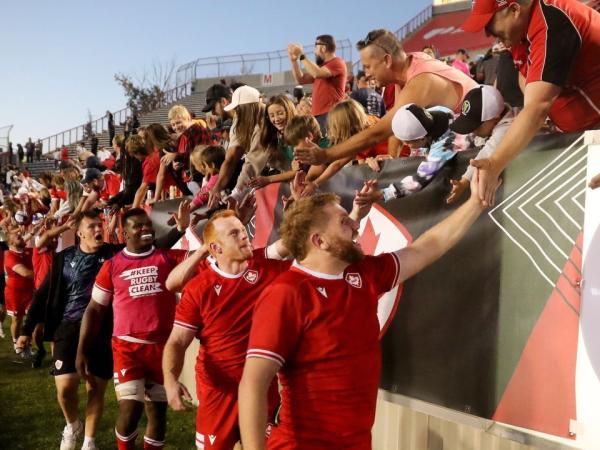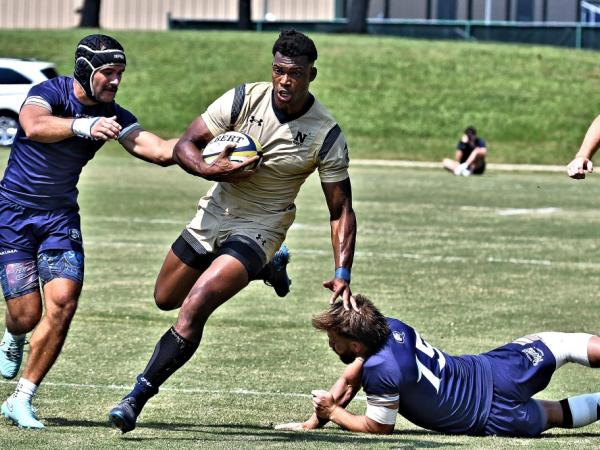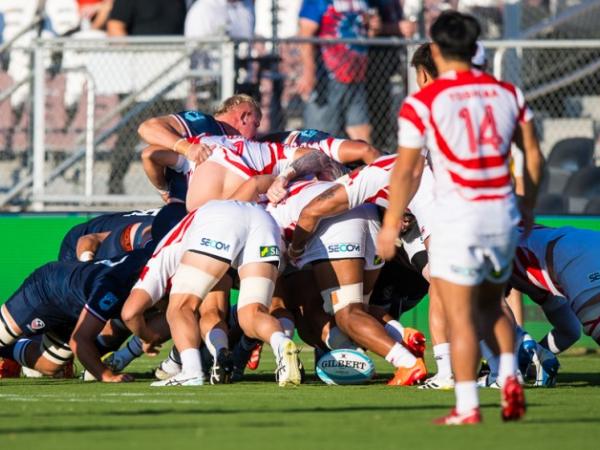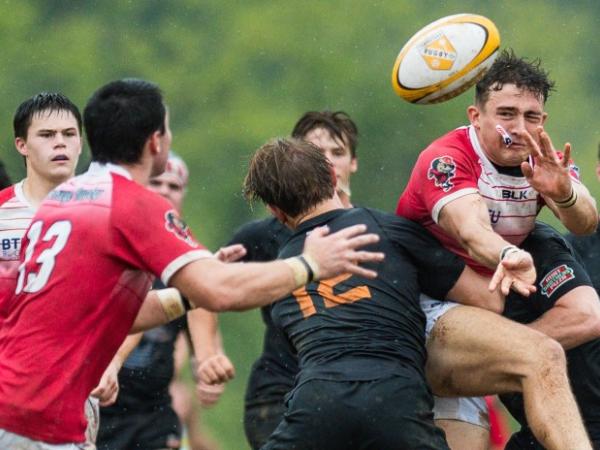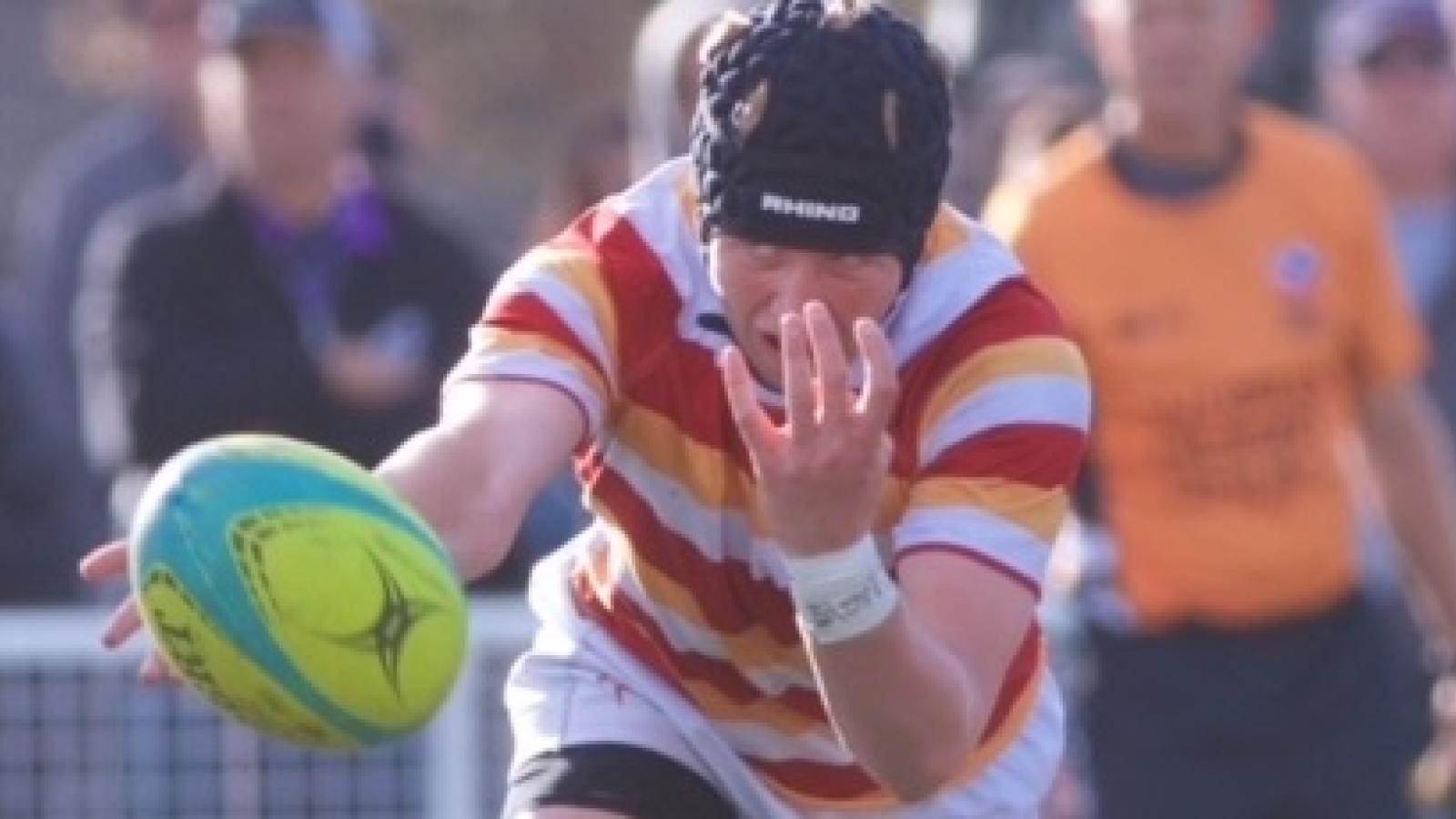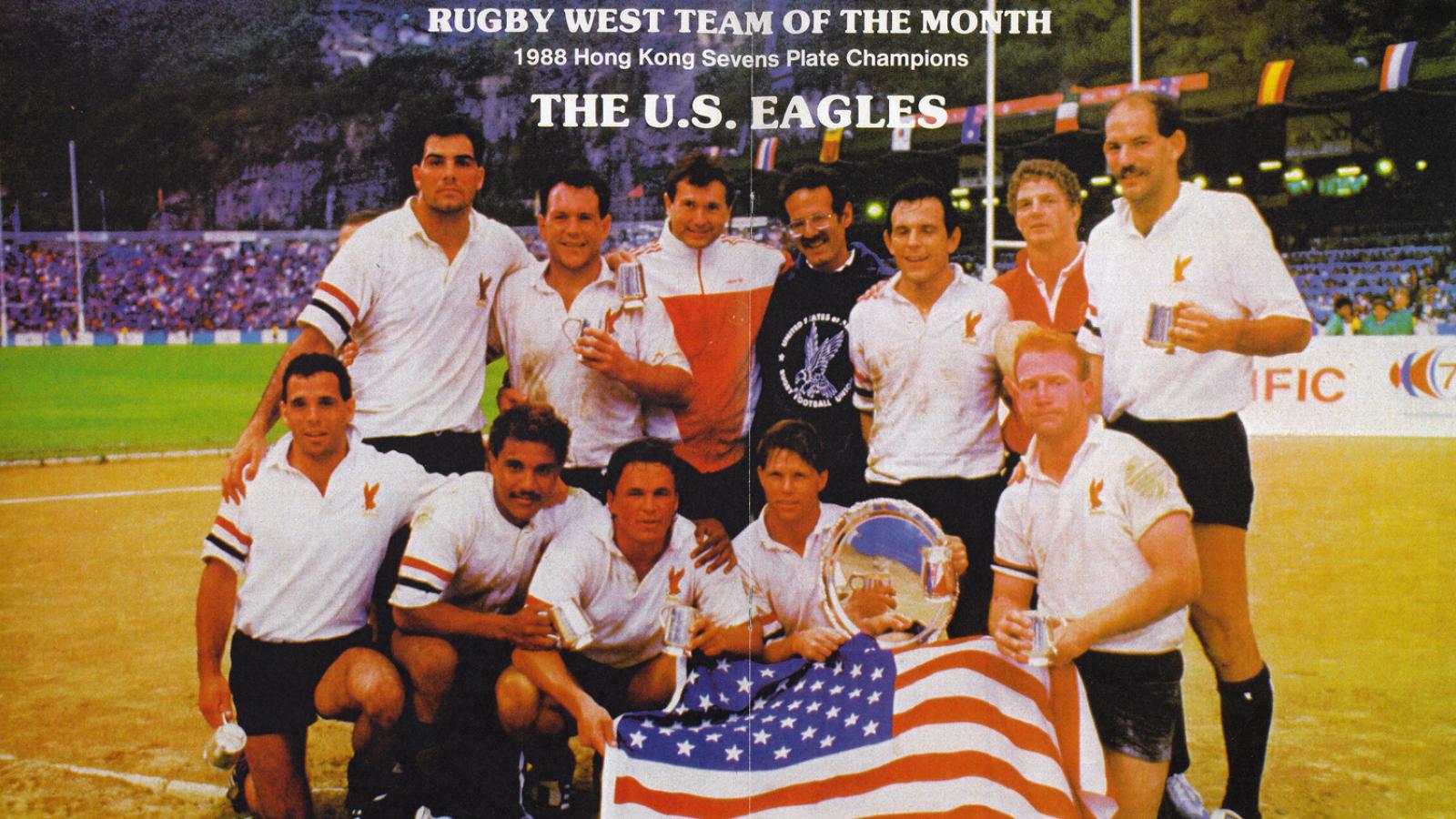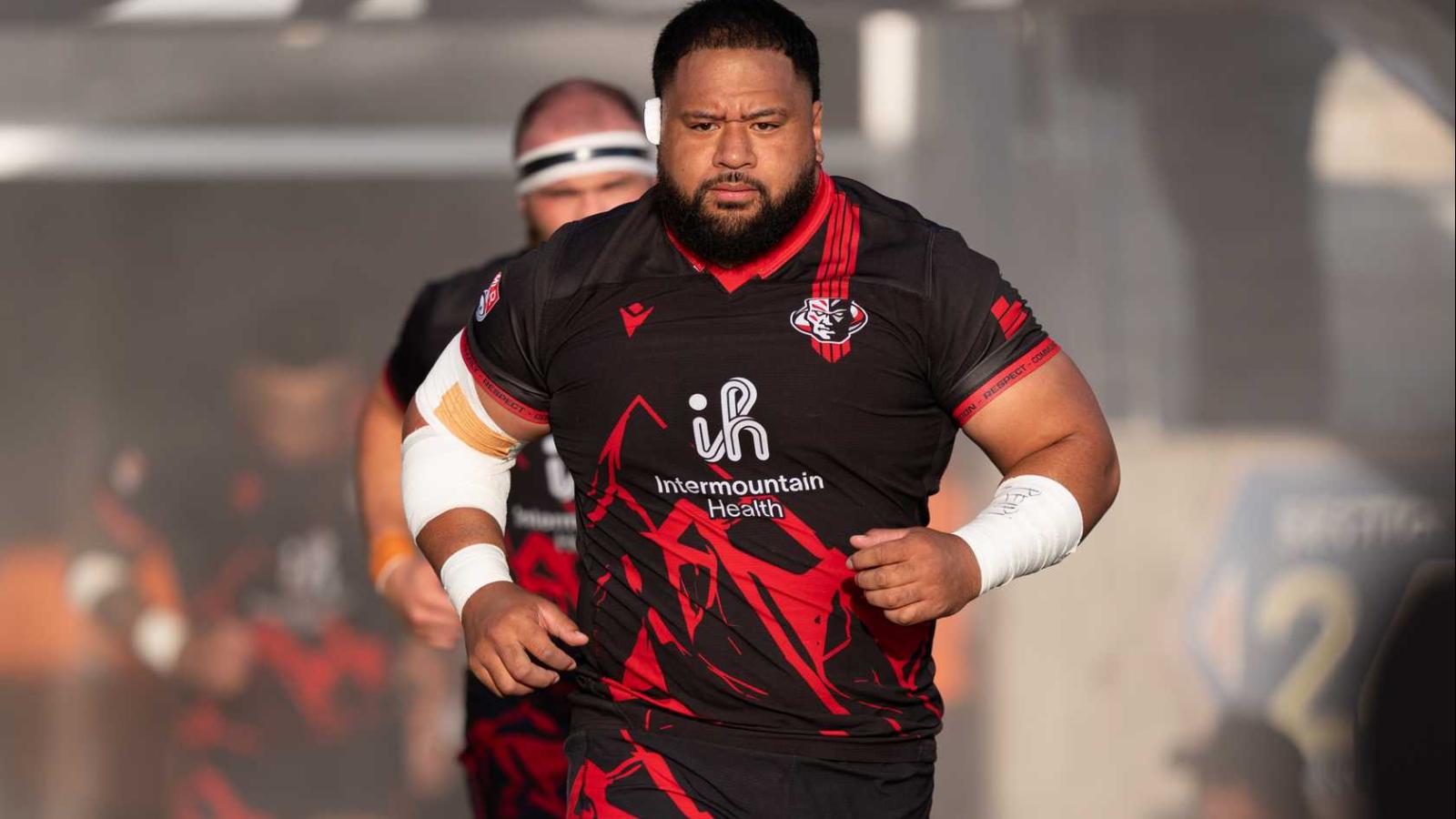Coming out its first full year of running men’s D1 college competitions, National Collegiate Rugby enters the fall of 2022 with some changes, and at the same time some validation for their approach.
GRR spoke at length with Men’s DI and DII Commissioner Brad Dufek about what NCR did right, and what they will be adjusting. Here’s a look at some of that.
The Time Investment
It appears that D1 men’s college rugby took more time and effort than NCR expected. They adjusted pretty quickly, but Dufek’s comment about it is telling: “The difference between the D1 [and D2] is those [D1] coaches are much more invested in all aspects of their programs. Engagement for them is a little bit more complex.”
For some of those teams, specific matchups are very important to them; some want to travel a lot, and some don’t.
“It’s just on us to put something together for them to see and say ‘hey this is pretty cool,’” said Dufek. “Obviously you’ve got to be pretty nimble.”
That was one reason why NCR raised dues this year. After establishing a new dues structure in the fall of 2020, NCR now has had some time to see whether that structure was working.
In the end they decided to raise dues. The previous system gave teams the option of a team fee of $1,300 and a further $20 per player, or a $160 team fee and $65 per player—the higher team fee was cheaper if you had more than 25 on your roster. The new system has options of a team fee of $1,750 and $30 per player, or $200 team fee with $75 per player.
(We’re not comparing this you USA Rugby yet because we haven’t confirmed the final number from them—we’re close but also that’s a completely separate article. But spoiler alert, USA Rugby is increasing dues by a small percentage.)
The upshot of that change is that the threshold for the higher team fee is now 35, and also that the bulk of the raise in dues affects large-roster players (the increase is about 16% for smaller teams and about 40% for larger teams). This reflects the fact that larger (read, D1) teams require more resources.
“D1 want more for their money and are willing to pay for it,” said Dufek.
“We’re in a different spot than we were last year,” added Smith. “We’ve been able to expand our staff, [and] our members know 100% of their dues is reinvested back into the college game and that’s a really important principle for us.”





